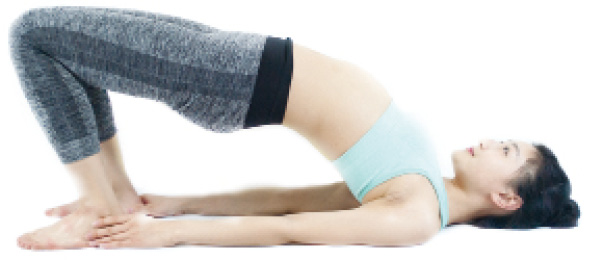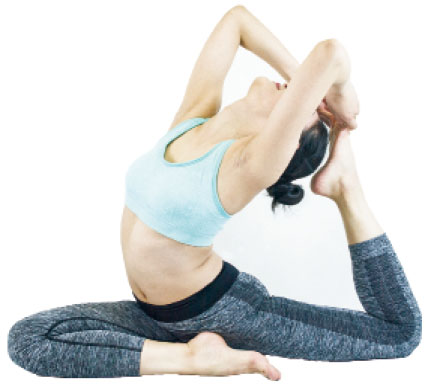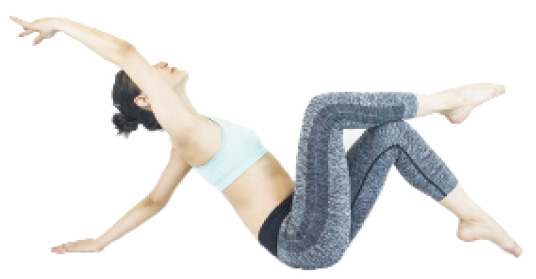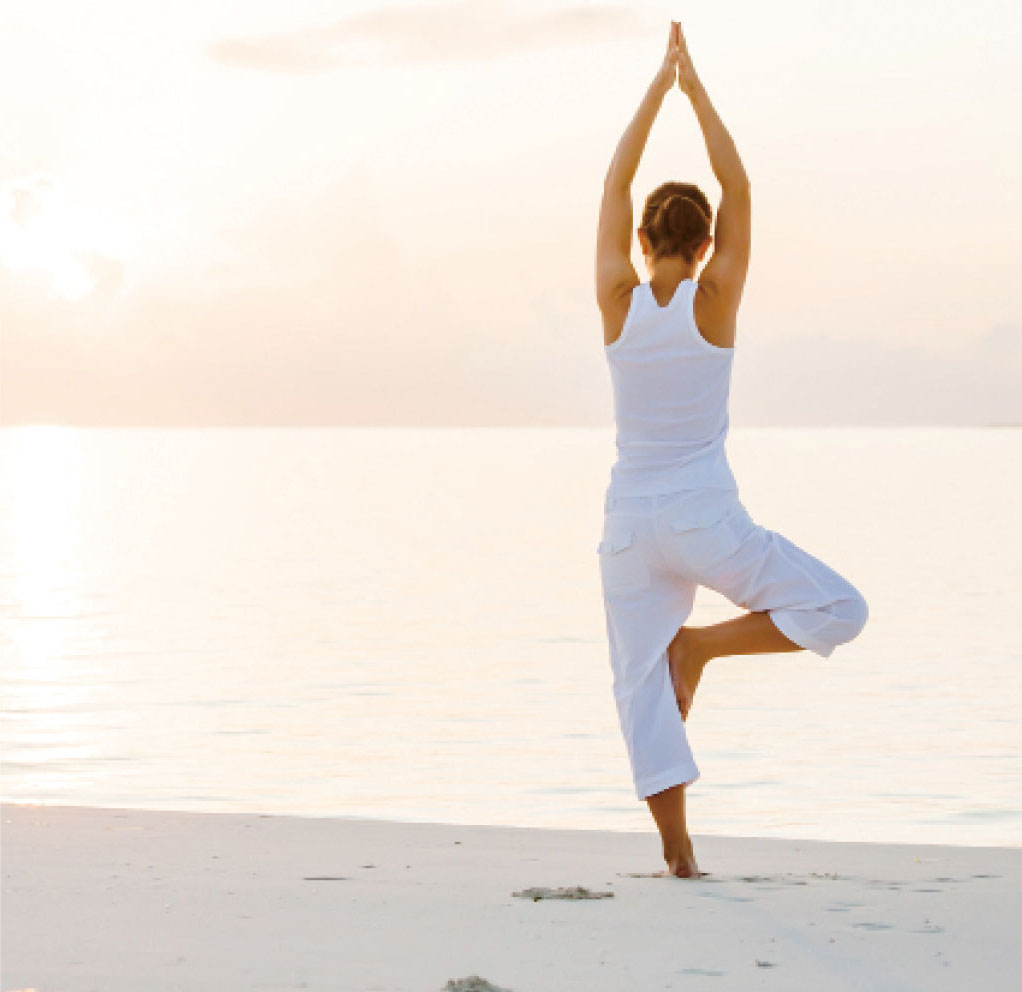What are the precautions of yoga practices?
Key Points and Precautions for Practicing yoga
Zero Injury - Key Points in yoga Practice
Compared to intense physical exercises, the risk of injury in yoga practice is relatively low. However, if not careful, there is still a possibility of injuring the body. Keep these precautions in mind and implement them in every yoga practice session to achieve injury-free results and maximize the benefits of your workout.

Diet Before and After Yoga Practice
Generally, it is best not to eat one hour before yoga practice. If you feel hungry and uncomfortable, you can have some easily digestible liquids like porridge, noodles, etc., 30 minutes before practice, but avoid excessive intake. After completing the practice, you can replenish with a glass of plain water, yogurt, honey, fruit juice, or other beverages to restore energy and replenish lost fluids. Avoid practicing yoga immediately after a heavy meal as the body needs time to digest the food, and practicing with a full stomach can lead to gastrointestinal discomfort, nausea, or dizziness.
Taking a Shower Half an Hour After Yoga Practice
Immediately taking a shower right after yoga practice is a common mistake. The correct approach is to rest for half an hour after the practice and then take a shower once your body has settled. The reason for not showering immediately is that after a series of yoga postures, energy still flows evenly throughout the body, and the body temperature is slightly higher than usual. Showering immediately can cause a sudden change in body temperature, requiring the retained energy to maintain the body's temperature, which can disrupt normal bodily functions and weaken the immune system. However, you can take a shower before practice, followed by a 20-30 minute rest, which will help cleanse and relax the body, reducing muscle tension and promoting relaxation.
Avoid Practicing Yoga in Air-Conditioned Rooms
It is best to practice yoga in a cool, well-ventilated environment. You can choose a spacious, clean, and comfortable room or practice in open areas like gardens, lawns, etc., avoiding strong winds, cold weather, scorching sun, or areas with polluted air. Avoid practicing yoga in air-conditioned rooms as yoga is an aerobic exercise, and air-conditioned rooms often lack sufficient oxygen, which can affect the effectiveness of the practice and, in the state of fully opened pores during exercise, expose the body to cold air, leading to the risk of catching a cold. Furthermore, the skin can become dehydrated in air-conditioned rooms, which can weaken sweating functions and hinder detoxification.

Gradually Progress from Easy to Difficult in Yoga Practice
There are numerous yoga postures, and you can practice them progressively from easy to difficult. Beginners should avoid rushing for immediate results or attempting high-difficulty postures in a short period. Everyone's physical condition and constitution are different, so practice within your own limits. Reach your own maximum position first, and then gradually move towards achieving the standard pose, steadily improving your abilities. Remember, yoga is a long-term practice that requires consistent dedication. Regard it as a personal journey of self-improvement, and refrain from blindly comparing yourself with others.
Precautions for Different Physical Conditions
For different physical conditions, you should be aware of specific precautions while practicing yoga. For individuals with chronic illnesses or those in post-surgery recovery, it's advisable to consult a doctor before practicing yoga and proceed under the guidance of a yoga instructor. People with high or low blood pressure, head or neck injuries should avoid inverted poses. Pregnant women should practice yoga under the guidance of an instructor, avoiding poses that compress the abdomen, and cease practice during the first trimester. Women practicing yoga during menstruation can stabilize their emotions and alleviate menstrual pain, but during the first two days of menstruation, it is better to engage in gentle seated or meditation and breathing exercises, avoiding intense postures, inversions, and excessive compression of the abdomen.
Yoga Practice Precautions
Clothing and Diet
Wear loose and comfortable clothes for yoga practice, and if feeling cold, you can cover yourself with a blanket. Maintain a balanced and nutritious diet, including foods rich in protein, vitamins, minerals, carbohydrates, and low in fat.

Avoid Practice After Meals
Yoga practice is best done on an empty stomach or 3 to 4 hours after a meal. If you have consumed liquids, it's better to wait for at least 30 minutes before practicing. Practicing yoga with a full stomach can lead to stomach cramps and affect your overall well-being.
During various yoga exercises, gently stretch your body to the edge of your physical limits and avoid using force to push or pull.
If you feel physically fatigued or experience body trembling during practice, immediately rest and do not overexert yourself.
Delayed-onset muscle soreness can occur after any exercise. If this happens after your yoga practice, consider giving yourself a gentle massage or applying cold compresses.
During yoga practice, focus on the sensations your body experiences with each posture.
Unless specified otherwise, always breathe through the nose during practice.
Remember to perform each movement slowly and deliberately, avoiding any actions that may cause your body to lose control.
Older individuals or those with severe neck or back injuries should seek advice from a doctor or instructor before engaging in yoga postures.
If you hear slight cracking sounds in your joints during yoga practice, do not worry; it means your body is becoming more flexible. However, if the same joint repeatedly makes cracking sounds over time, consult your instructor promptly.
If you experience severe pain in a specific body part while doing a certain posture, stop immediately as it may indicate ligament or muscle strain. Apply cold compresses and avoid repeating the posture for a short period.
The yoga practice area should be peaceful, elegant, well-ventilated, and spacious enough for stretching.
During yoga practice, it is ideal to face north or east to absorb the earth's magnetic field energy.
Before yoga practice, remove all restrictive items from your body, such as belts, ties, watches, bras, and jewelry.
Practicing yoga barefoot is preferable as it aids in the expulsion of toxins through the soles of the feet.
Yoga postures are best performed on a yoga-specific mat to prevent slipping and injury to the feet.
Before yoga practice, practitioners should empty their bladder.
Although yoga is highly beneficial, it does not replace effective medical treatment. Consider yoga as a complementary method for maintaining health and supporting disease prevention.
After yoga practice, wait for 30 minutes before taking a bath to avoid catching a cold.
Women practitioners during menstruation should adjust their practice according to their physical abilities, avoiding inverted postures to prevent pelvic congestion.
During yoga practice, remain fully focused on the sensations the posture brings to your body and avoid blindly comparing yourself to other practitioners.

Please indicate the address of this article for reprint https://www.sportshealthprogram.com/learn-yoga/202307728.html





















